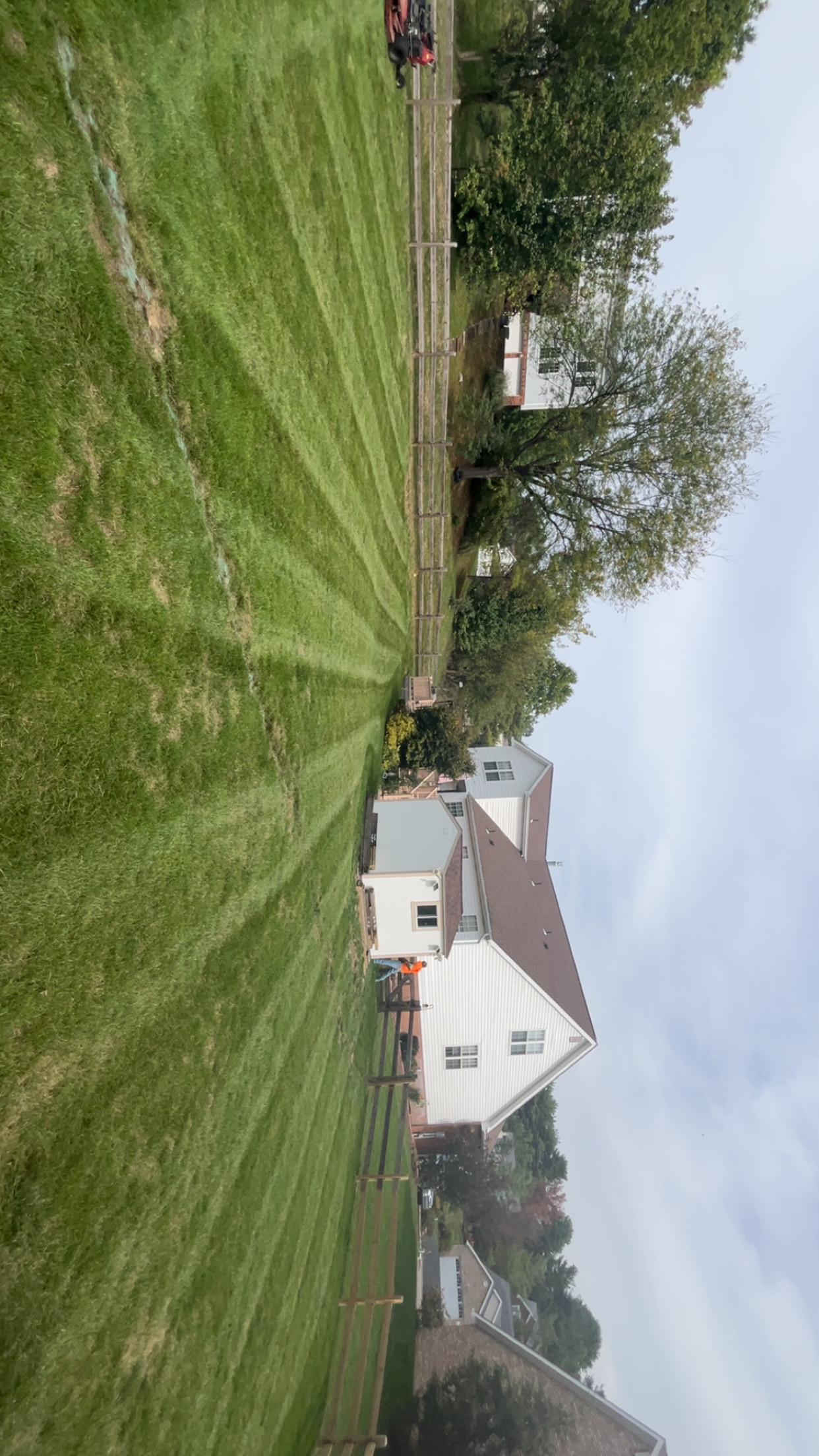
The Ultimate Guide to Sustainable Lawn Care Practices Nov 12, 2025
Sustainable lawn care reduces the environmental footprint associated with lawn maintenance, and embraces eco-friendly practices. By choosing organic products and reducing water and energy usage, you can ensure your lawn not only thrives aesthetically but also supports the ecosystem.
Start with your soil, the foundation of a healthy lawn. Conduct a soil test to determine its pH and nutrient levels. By understanding what your soil needs, you can make informed decisions about fertilization. Consider using organic fertilizers, which release nutrients slowly and improve soil health. Unlike synthetic fertilizers, they minimize runoff and environmental pollution.
Mowing practices play a critical role in sustainability. Setting your mower blades to a high level allows your grass to grow taller, fostering a healthier root system and improving drought resistance. It’s advisable to leave the grass clippings on your lawn, a technique known as grasscycling. This practice naturally fertilizes your turf by returning nitrogen to the soil, reducing the need for additional fertilizers.
Reducing water usage is another key aspect of sustainable lawn care. Over-watering not only strains local water supplies but also weakens your grass roots. Water your lawn early in the morning, as cooler temperatures result in less evaporation. Implementing a smart irrigation system can optimize water usage by adjusting the frequency and volume of watering based on current weather conditions.
Artificial chemical pesticides and herbicides can have lasting detrimental effects on local biodiversity and soil health. Instead, explore natural pest control options. For example, introducing beneficial insects like ladybugs or nematodes can manage pests without harming your turf. Hand-pulling weeds or using organic herbicides can keep unwanted plants in check while preserving beneficial soil organisms.
The selection of grass species can also influence sustainability. Opt for native grass varieties which require less water and fertilizer. These species are naturally adapted to the local climate and are more resistant to local pests and diseases, resulting in a hardier lawn that thrives with minimal input.
Finally, consider incorporating elements of permaculture into your lawn. Introduce biodiversity by planting a range of species that can complement and support your grass. For instance, creating clover patches not only enriches the soil with nitrogen but also attracts pollinators and beneficial insects.
Sustainable lawn care is neither time-consuming nor expensive. It merely requires a shift in perspective. By applying these practices consistently, you can enjoy a lush, healthy lawn that contributes positively to the local ecosystem.
At Cam Yardz LLC, we are committed to supporting our clients in their journey towards sustainability. If you need assistance in transitioning to sustainable lawn care practices, reach out to us. Together we can cultivate lawns that are not just visually appealing, but environmentally responsible as well.
/filters:no_upscale()/filters:format(webp)/media/cd02af50-a1d8-4920-b8d2-e2bd6f663456.jpeg)